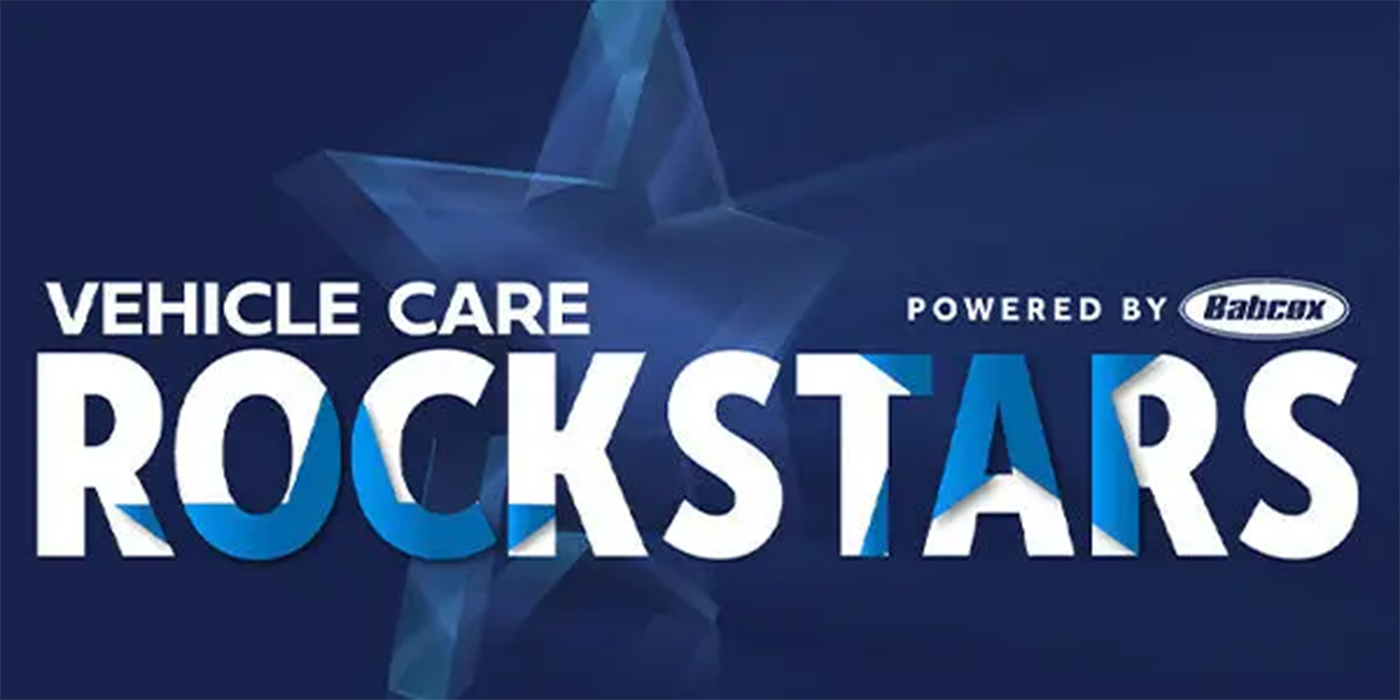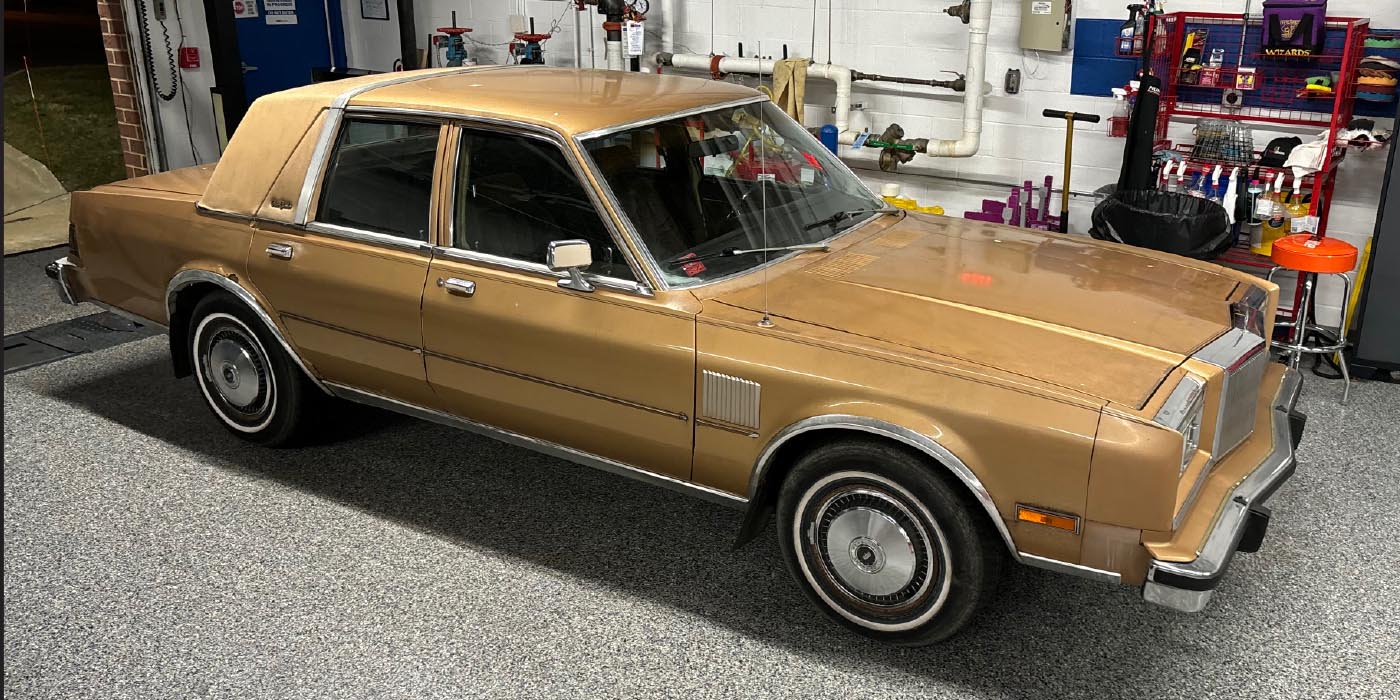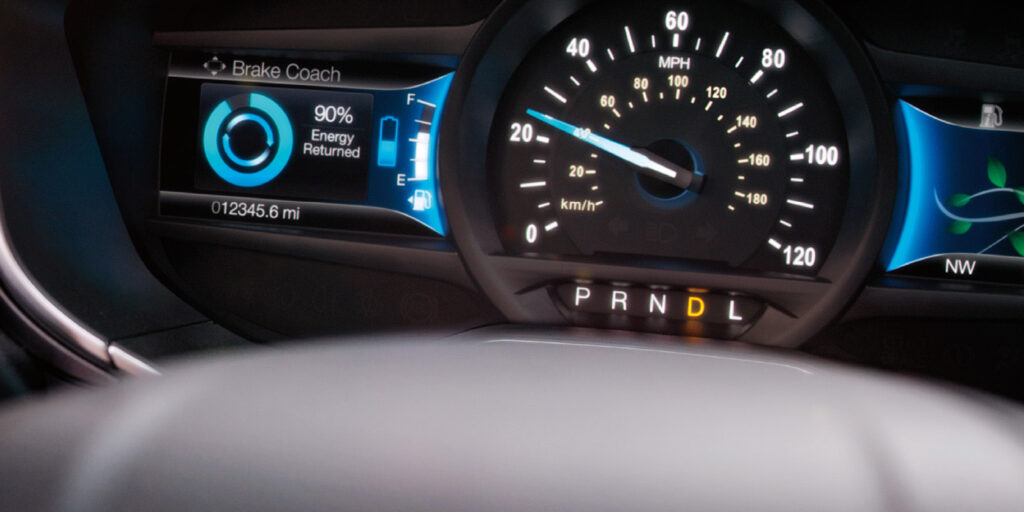How Regenerative Brakes Operate
Regenerative braking is a hybrid’s first choice for braking.
A hybrid vehicle is a different animal than many of us are used to seeing. After all, if the engine of a typical vehicle stalled out at a traffic light, the driver of that vehicle would know something was wrong with it. If that same vehicle still drove with the engine off, then that would mean they were probably going down hill. But, in the hybrid world, that is all normal. Systems around the vehicle are impacted by two key features:
Adapting To Enduring Expectations
Where we once provided business and technical information in a monthly print magazine, we now have daily newsletters and on-call websites to help spread the message of quality service.

Timeless Quotes Teach & Inspire
Here are six quotes that every shop owner should live by.

Do You Want The Bad News Or Good?
There are many ways you can help play the long game, and TechForce has free resources to help inspire and promote the profession.

Keep On Rockin’ Into The New Year
We are still accepting nominations at VehicleCareRockStars.com.

Other Posts
Tesla Wheel Bearing Replacement
The process of replacing the hub unit on a Tesla is the same as many cars and light trucks.

Brake Pad Edge Codes – What Can They Tell You?
The edge code is a language written by engineers, federal entities and industry associations.

Brake Problems
Reducing brake drag on late-model vehicles is not accomplished by a single component; it takes a system.

The Real Cost of Installing Cheap Brake Pads
The brake repair market is starting to become dominated by a “good enough” mentality.






